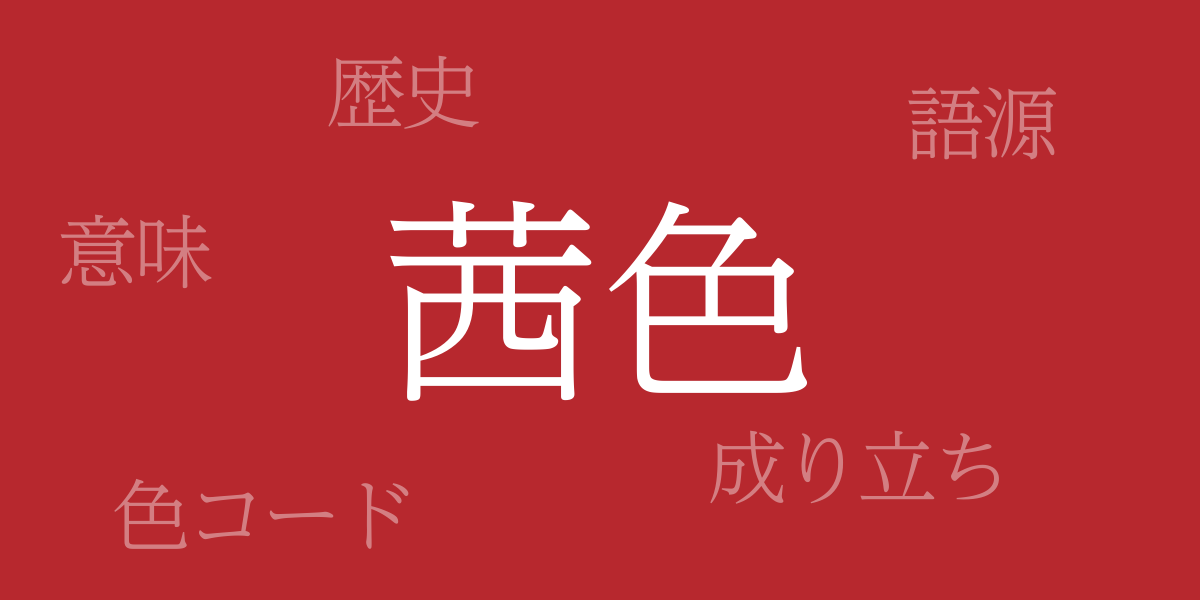Japan’s unique culture vividly presents the changing seasons through colors, and among these, ‘Akane-iro (あかねいろ)’ holds a special place as a traditional Japanese color. This deep hue has influenced clothing, paintings, and even modern design throughout history. This article explores the allure of Akane-iro, uncovering the significance, history, and applications of this color in design.
About Akane-iro (あかねいろ)
Akane-iro (あかねいろ), a color that transcends red and purple, radiates warmth and depth. It originates from the natural dye extracted from the roots of the madder plant, known as ‘Akane-sou (あかねそう)’. This distinctive hue has been cherished in Japan since ancient times, captivating many with its serene and elegant shade.
The History of Akane-iro
Akane-iro has played a pivotal role in Japanese history. During the Heian period, it was predominantly used in the garments of the nobility, esteemed as a color of high status. It was also employed in the armor and banners of samurai, symbolizing bravery and grandeur. In the Edo period, the technique of dyeing with Akane expanded, becoming popular among the general populace and deeply integrating into daily life.
Color Codes for Akane-iro
Reproducing Akane-iro in digital designs requires precise color codes. Listed below are the typical color codes for Akane-iro:
- HEX: #B7282E
- RGB: R:183 G:40 B:46
- CMYK: C:35 M:97 Y:91 K:2
Western Name for Akane-iro
In the West, Akane-iro is known as ‘Madder Red’. This name derives from the English name for the madder plant, ‘Madder’, whose roots produce a dye of the same color. Madder Red is a sophisticated color, often used in refined designs due to its warmth and depth.
Summary on Akane-iro
Akane-iro, with its beauty and historical significance, occupies a unique place in Japanese culture. Even today, this traditional color is valued in the realms of fashion and design, conveying Japan’s aesthetic heritage to the modern world. The profound allure of Akane-iro will continue to captivate many for years to come.

























